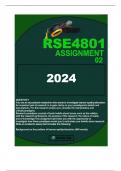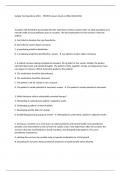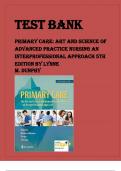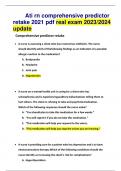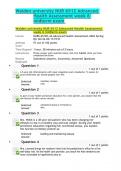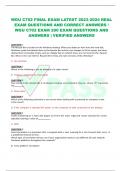Exam (elaborations)
ECS2606 Assignment 2 2024 Unlock your path to success with the meticulously crafted solution for ECS2606 Assignment 2 2024. This comprehensive guide not only provides accurate answers to the questions but also presents well-structured explanations that s
Unlock your path to success with the meticulously crafted solution for ECS2606 Assignment 2 2024. This comprehensive guide not only provides accurate answers to the questions but also presents well-structured explanations that showcase your understanding. Let this exceptional resource elevate your...
[Show more]





